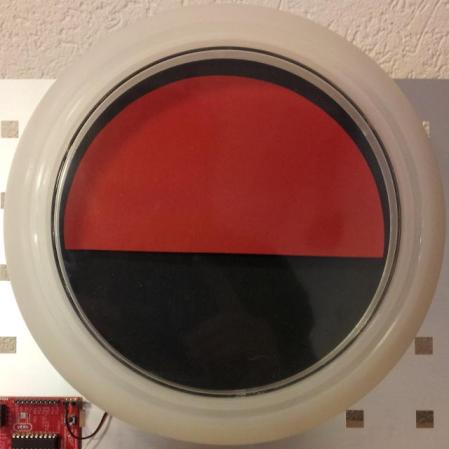The original PlayStation might be pushing 30 years old now, but that doesn’t mean hackers have given up on chipping away at it. A new exploit released by [Marcos Del Sol Vives] allows users to run copied games on all but the earliest hardware revisions of this classic console, and all you need to trigger it is a copy of Tony Hawk’s Pro Skater 2.
Aptly named tonyhax, this exploit uses a classic buffer overflow found in the “Create Skater” mode in Tony Hawk 2, 3, and 4. When the game sees a custom character saved on the memory card it will automatically load the name field to show it on the screen, but it turns out the developers didn’t think to check the length of the name before loading it. Thanks to this oversight, a long and carefully crafted name can be used to load an executable payload into the console’s memory.

That payload could be anything, such as a homebrew game, but in this case [Marcos] went all in and developed a simple tool that unlocks the console’s optical drive so it will play games burned to CD-Rs. Once the tonyhax exploit has been loaded, you simply swap the authentic Tony Hawk disc for whatever burned title you want to play. So far every game tested has worked, even those that span across multiple discs.
[Marcos] is providing not only the save files ready to load on your PlayStation memory card (either through a PC tool, or with the help of a hacked PS2), as well as the complete source code for tonyhax. This opens the door to the exploit being used to load other tools, emulators, and indie games, but as the PlayStation homebrew scene is relatively limited when compared to newer consoles, the demand might be limited.
Compared to the traditional physical modifications used to play copied games on the PlayStation, this new software approach is far more accessible. Expect to see memory cards with this exploit preinstalled hit your favorite import site in the very near future.
Continue reading “PlayStation Unlocked With New Software Hack”













